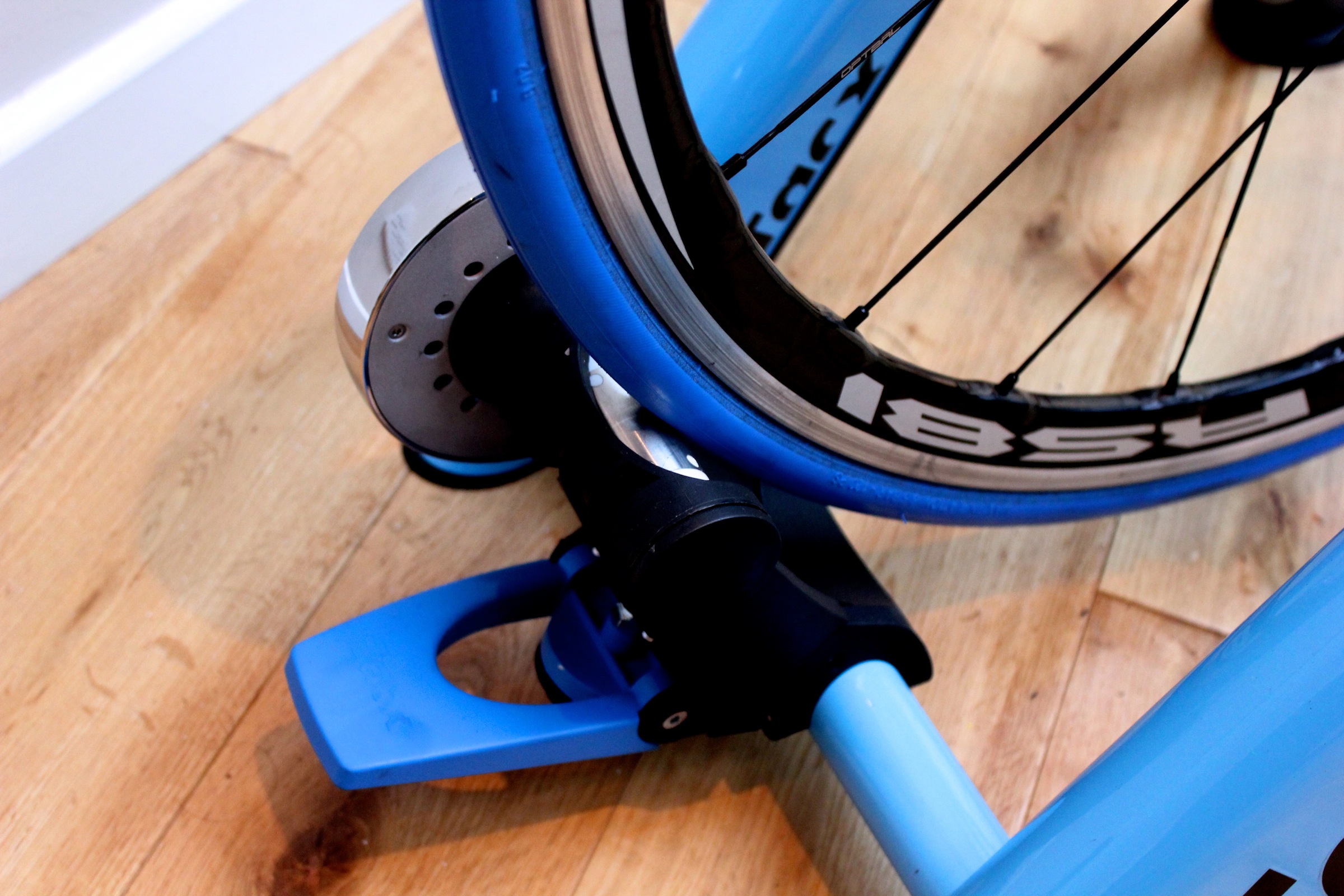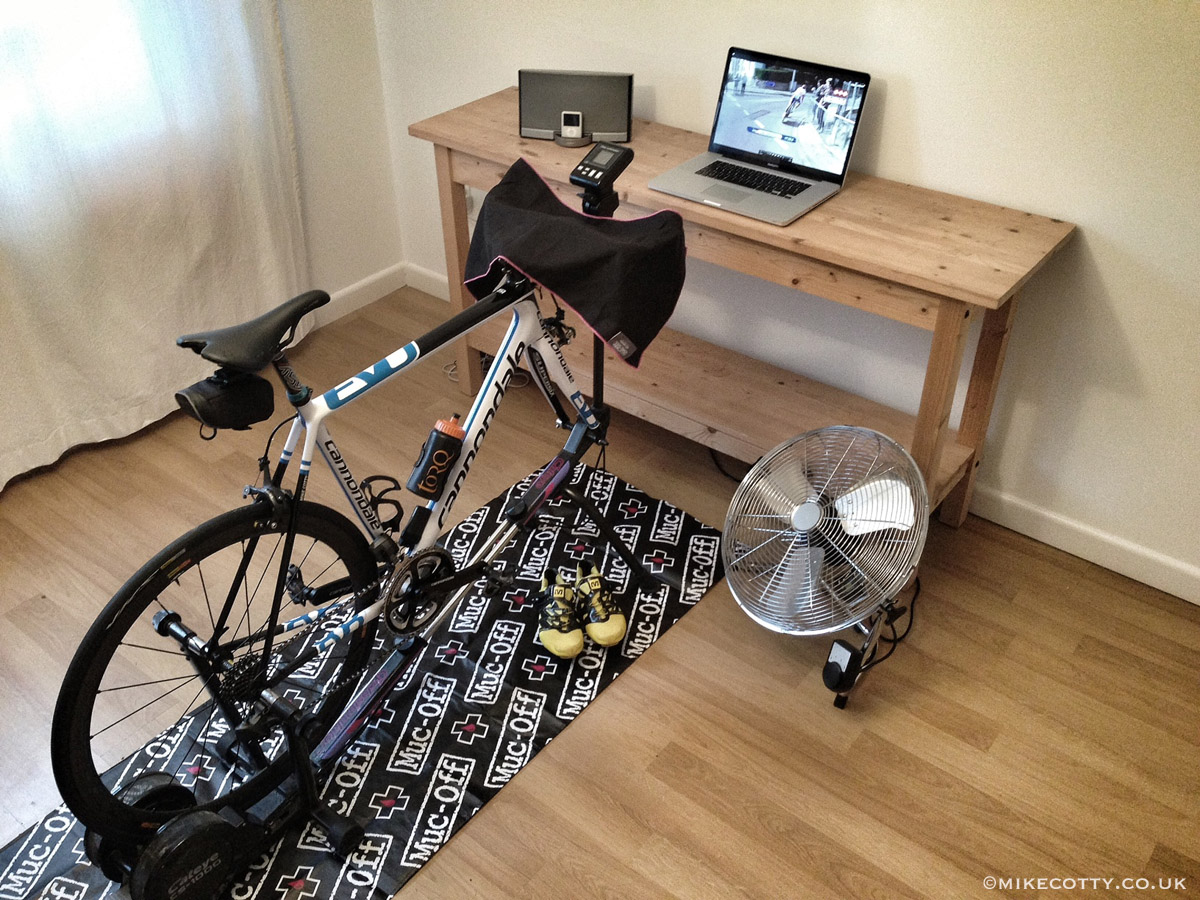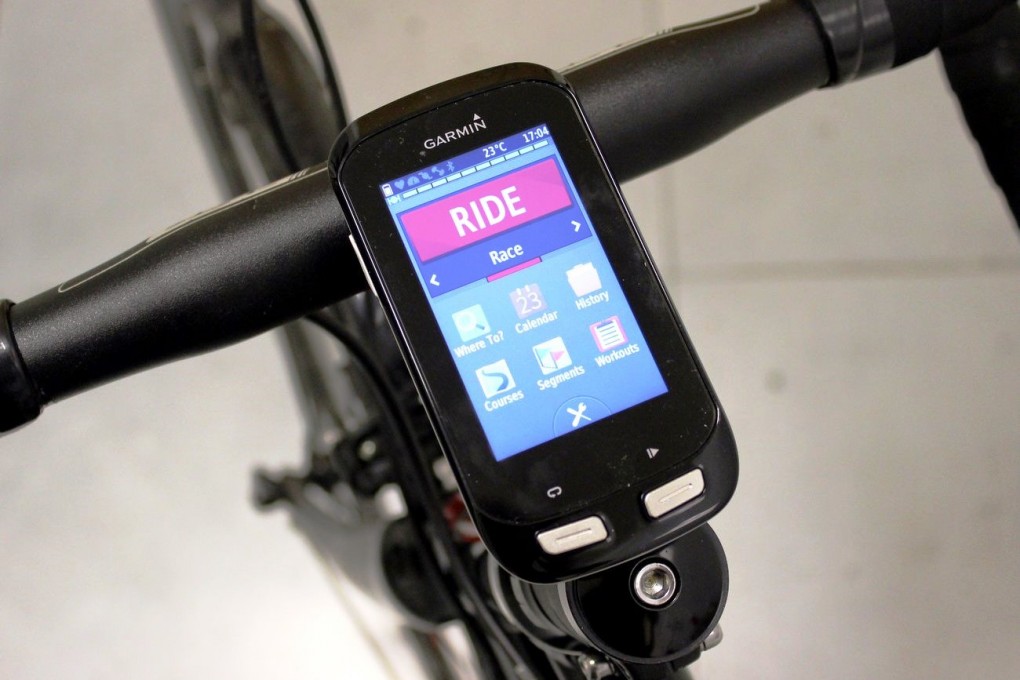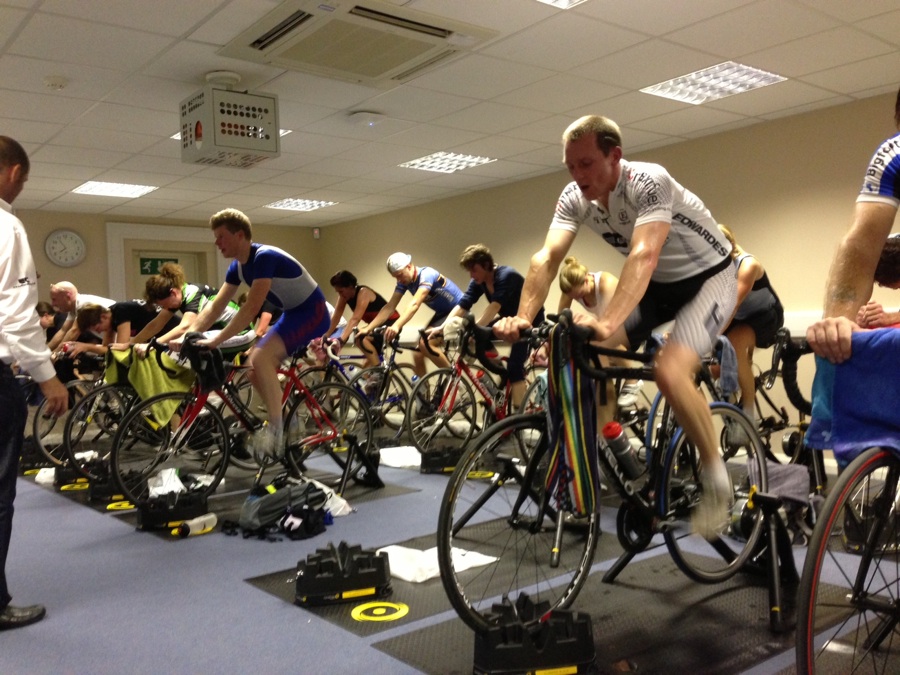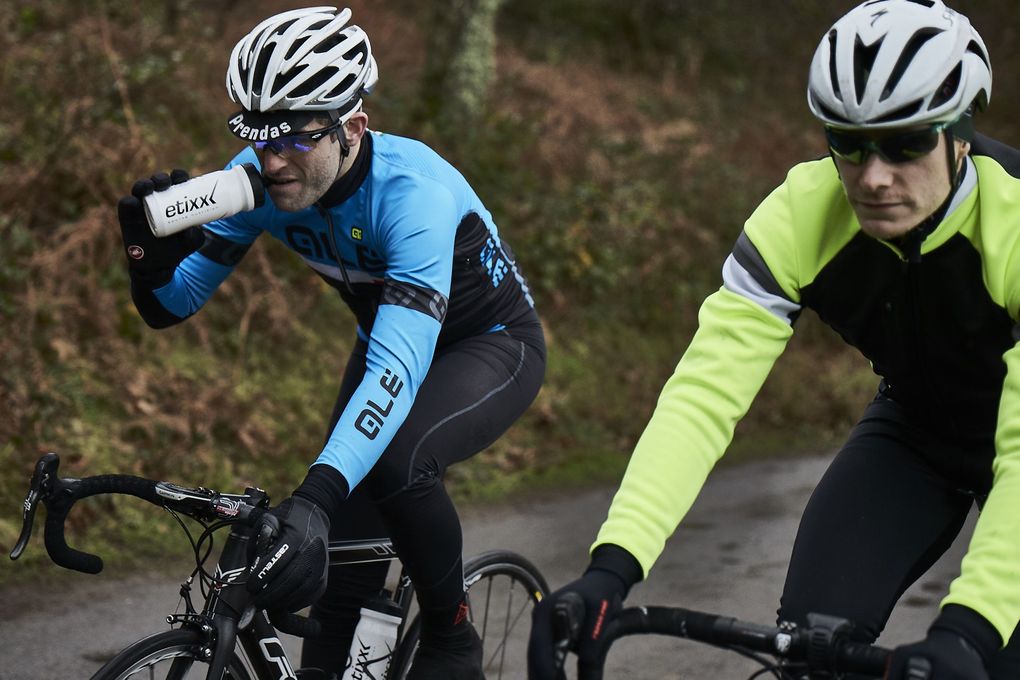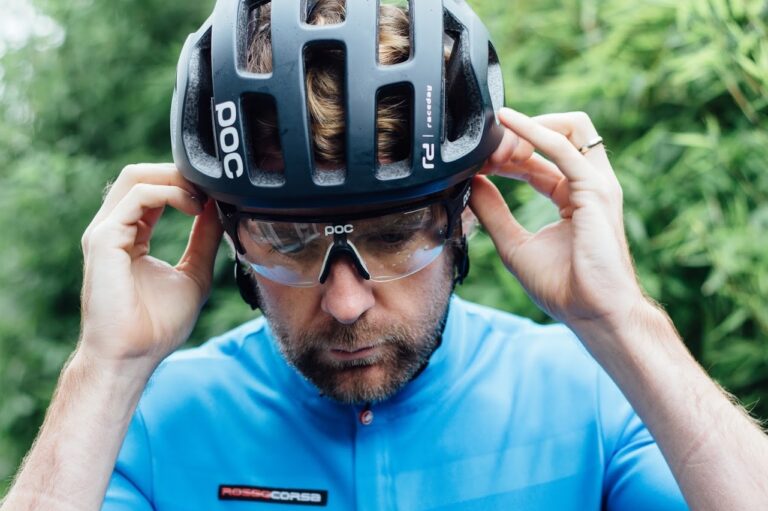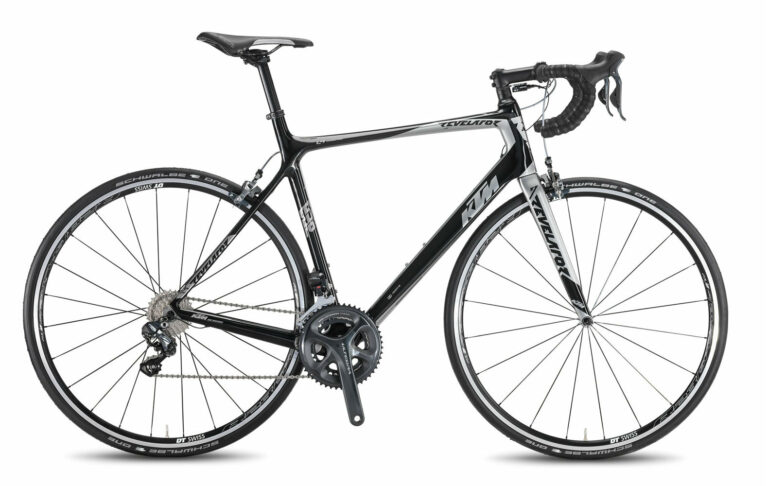During the winter, when the weather is seriously grotty and you either can’t get out or simply don’t want to, the only option if you’re determined to ‘ride’ can be sitting on the turbo trainer.
Of course, this can get quite tedious when you’re just sitting there spinning away with no sense of speed or reward for climbing over the next crest or beating your club mates to the town sprint sign. Seconds can seem like minutes, minutes like hours.
– Five of the best turbo trainer sessions –
Here are seven ways to stave off the boredom and keep you turning your cranks.
Go virtual racing
Zwift has burst onto the scene in recent months with their interactive platform, which allows users to hook up their ANT+ sensors to their computers, and ride with other users from around the globe on the Zwift network.
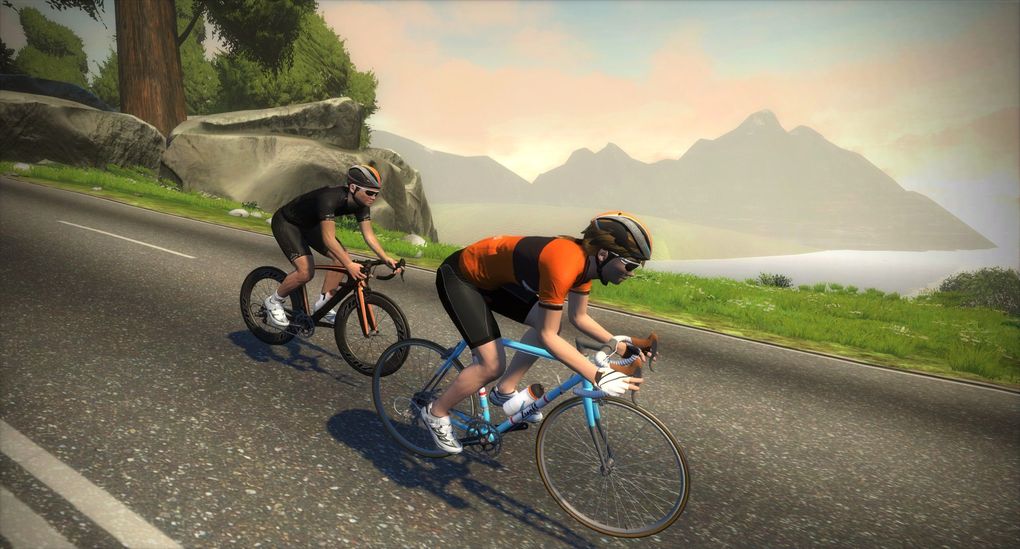
Originally set on the fictional island of ‘Watopia’ (see what they did there?), new locations are in the pipeline, with the Richmond course used for the World Championships in 2015 a recent addition.
The great thing about Zwift is the automatic resistance changes (if you’re using a compatible turbo trainer) when the course inclination changes, and even easing off the resistance when you ride up behind another competitor, simulating drafting and group riding. It’ll engage you in a way turbo training never has before.


